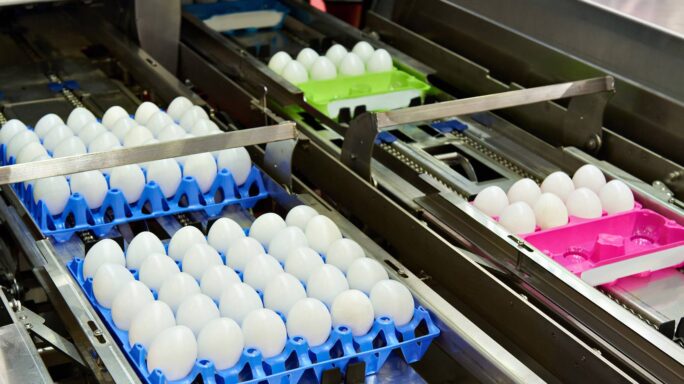Money Matters
HARPC compliance without the headaches

The food industry continually faces some serious challenges. Many of those challenges compromise the profitability and success of the business. All of those in the food industry are expected to comply with Hazard Analysis and Risk-Based Preventive Controls (HARPC) in order to provide food to the public that is free of contamination. There are seven major components of HARPC, which, when broken down, are actually fairly easy to adhere to.
The seven components include:
- Identify hazards
- Risk-based preventive controls
- Monitoring effectiveness
- Corrective actions
- Verification
- Recordkeeping and documentation
- Requirement to reanalyze
Identifying hazards and risk-based preventive controls
The first thing to consider in the food industry is to identify all potential hazards. Any specific ingredient that may present a risk in processing, manufacturing, or packaging needs to have a specific plan in place for mitigating that risk. You then need to implement risk-based controls to ensure that that risk is prevented or substantially reduced. This usually involves the use of specific sanitation procedures or allergen controls.
Monitoring effectiveness and taking corrective action
Once you have adequate risk reduction strategies in place, you need to continually monitor the effectiveness of those strategies and take action to correct any flaws in your plan. This may mean identifying weak points in your current, risk-based controls or it could mean identifying new hazards altogether.
Having a Corrective and Preventative Action (CAPA) plan in place is an important part of taking corrective action. A CAPA plan follows a specific methodology, enabling you to analyze the problem, find the root causes, and evaluate the potential impact of the problem. Then you can devise a CAPA plan specific to the issue at hand, and take effective action, issuing a recall if needed.
Verification, record keeping, documentation, and reanalyzing
HARPC requires that all food production companies take steps to verify the effectiveness of their HARPC plans to ensure they remain continually up to code. You’re also expected to provide meticulous documentation detailing the steps your company is taking to minimize the risk of contamination, while clearly documenting the effectiveness of your strategy. You’re expected to periodically reassess your HARPC plan to ensure it’s up to date and reflects any recent changes to your facility.
How to improve the ease and efficiency of HARPC compliance
HARPC has a lot of elements, so it requires constant attention to ensure your business remains on top of all requirements. Well-designed food manufacturing software can considerably improve the process, enabling you to comply with HARPC with less forethought and stress. Food manufacturing software offers:
- Compliance monitoring: With built-in compliance monitoring, you won’t have to fret over remaining on top of every detail of HARPC. It will allow you to retain detailed records of all food safety checks, allowing you to respond quickly when corrective action is needed.
- Inventory tracking: Inventory tracking enables you to keep better track of any new product lines, so you can update your HARPC plan punctually.
- Perform quality checks: You’ll be able to manage quality checks more efficiently, allowing you to quickly deal with any items that fail to meet quality standards.
HARPC was enacted to ensure that food produced in the U.S. is safe for consumption. It can feel like a headache for those in the food production industry, but failure to maintain HARPC compliance can compromise the success of a business, even if a single requirement is neglected.
With the help of NexTec’s food manufacturing software, you can remain on top of all standards and ensure that you are in compliance, allowing you to easily and effectively keep your facility up to code. Download the NexTec Food brochure to learn more about the ways NexTec solutions support the food production industry.







Ask the author a question or share your advice